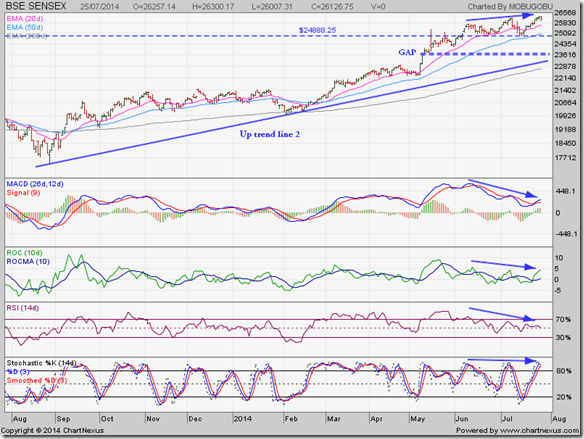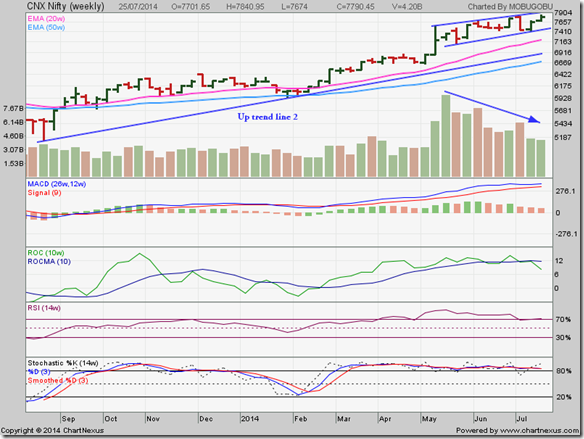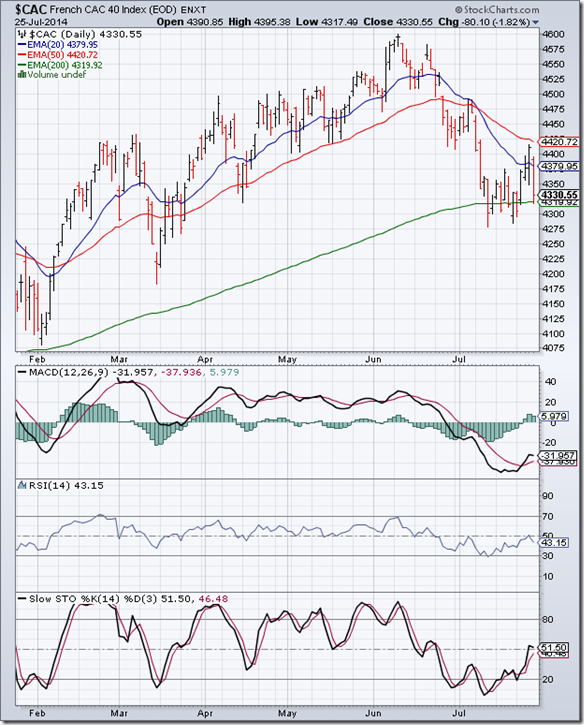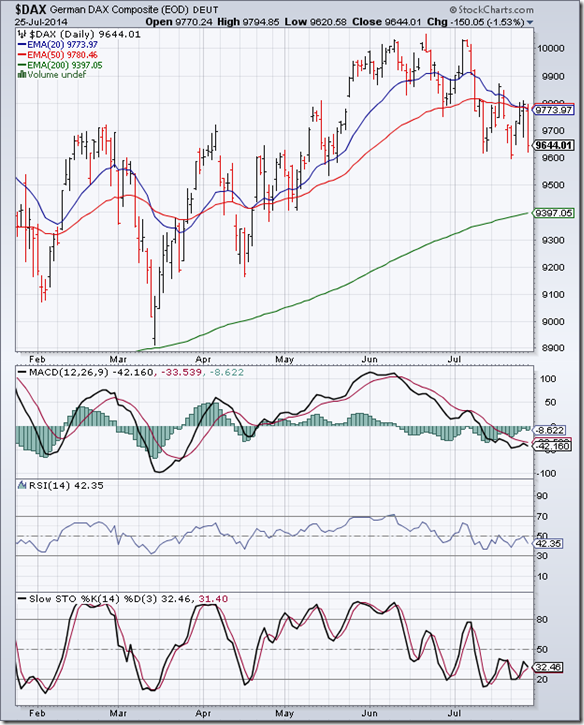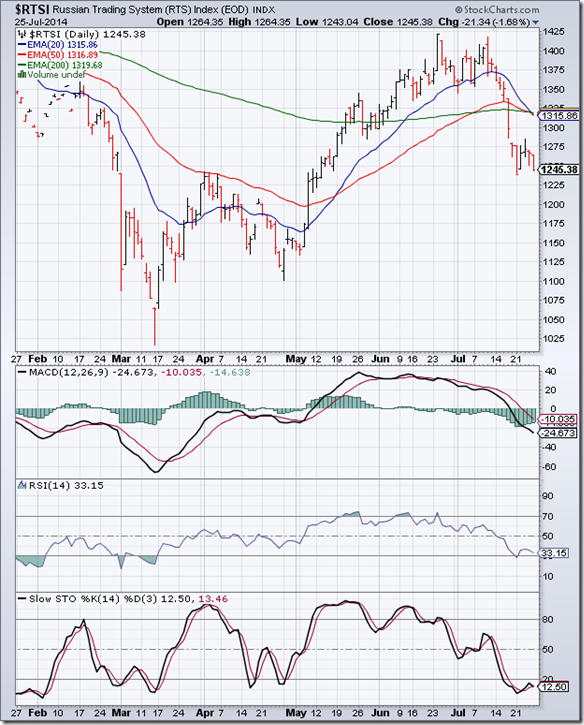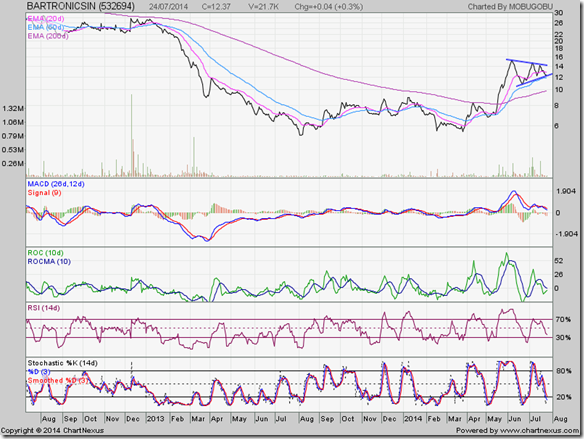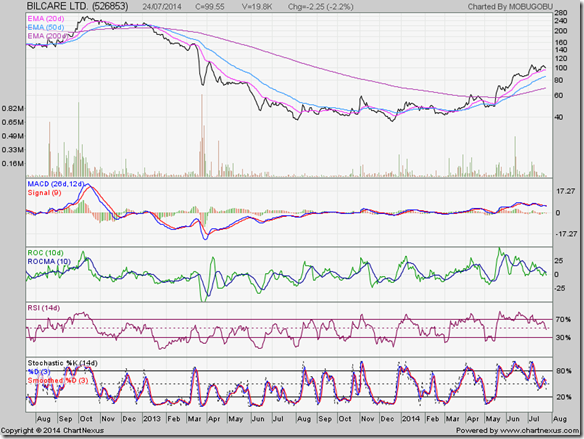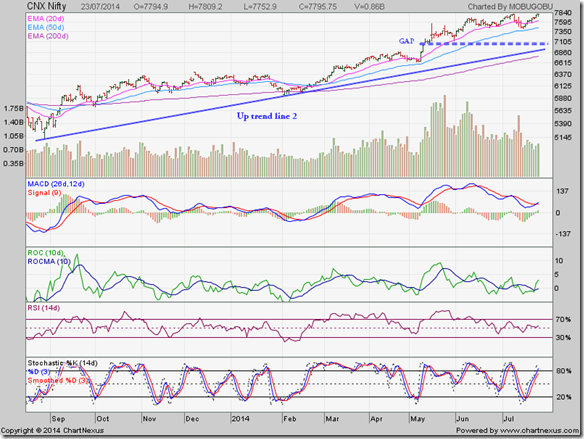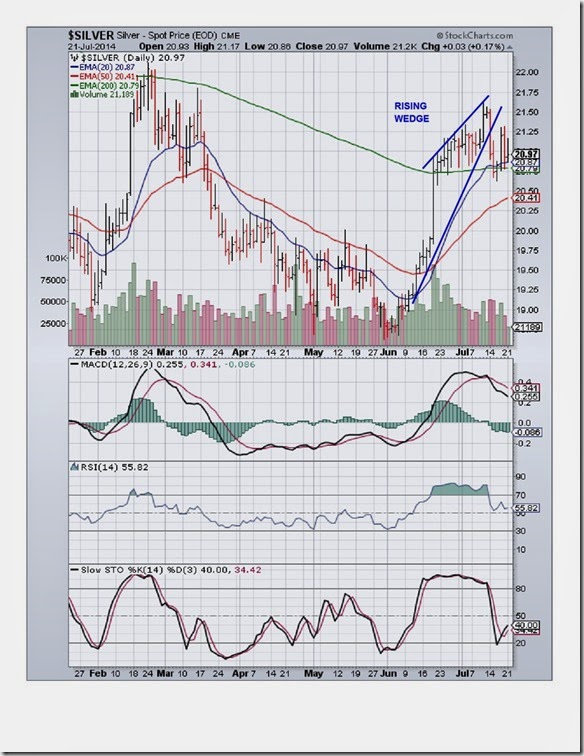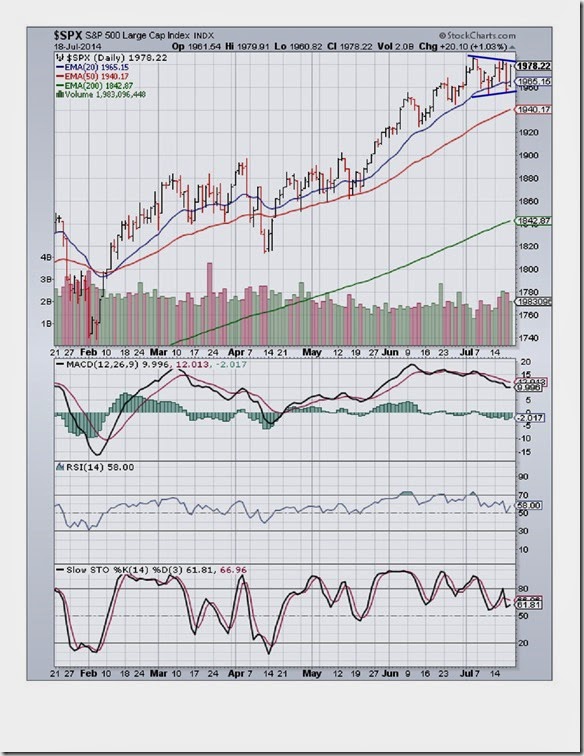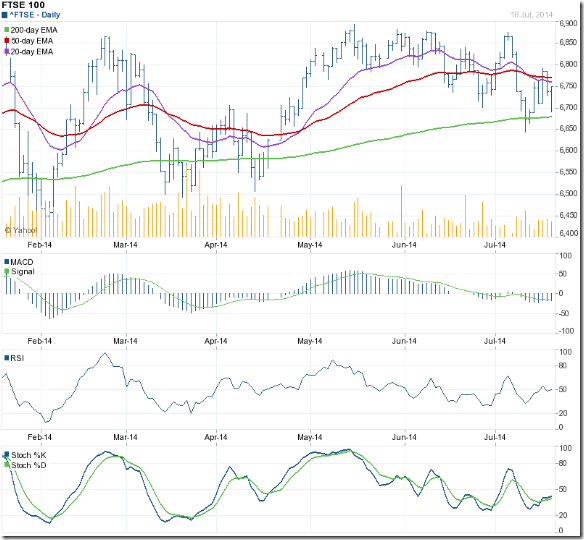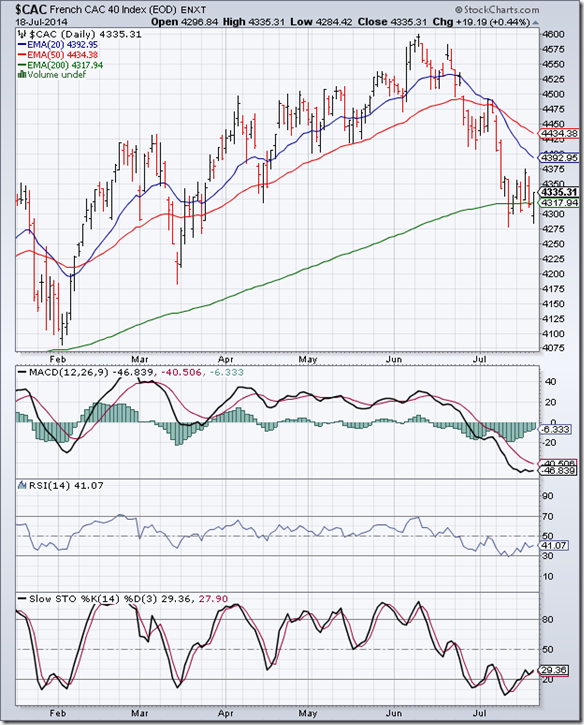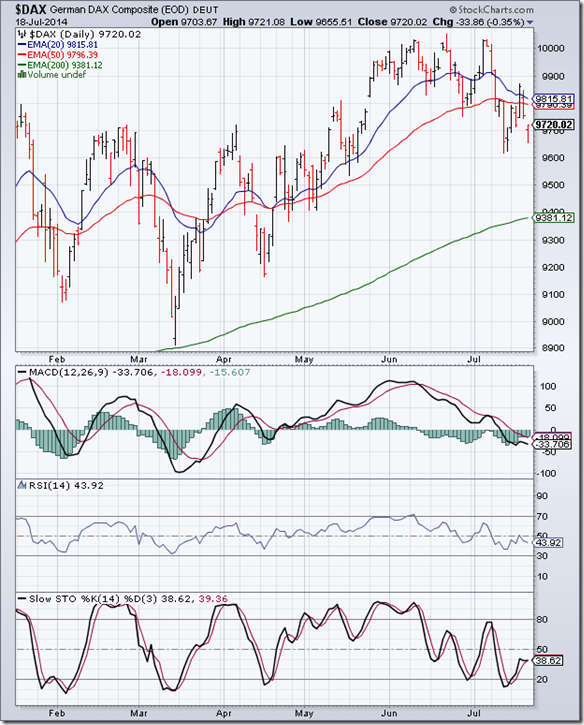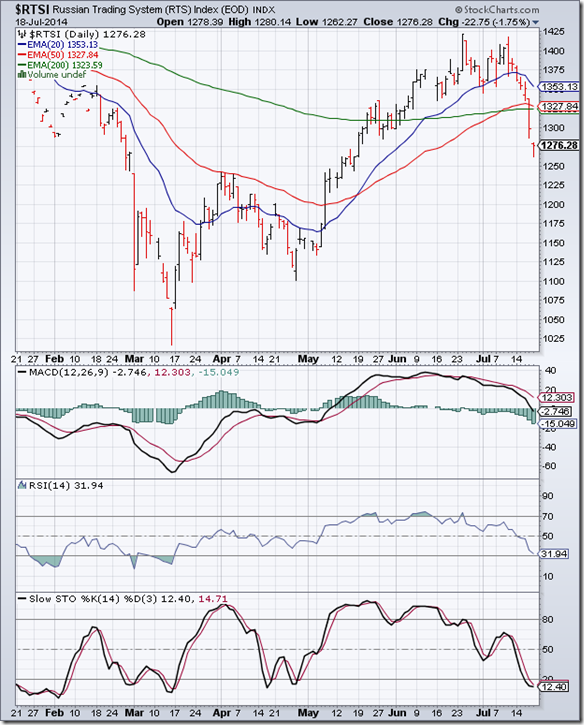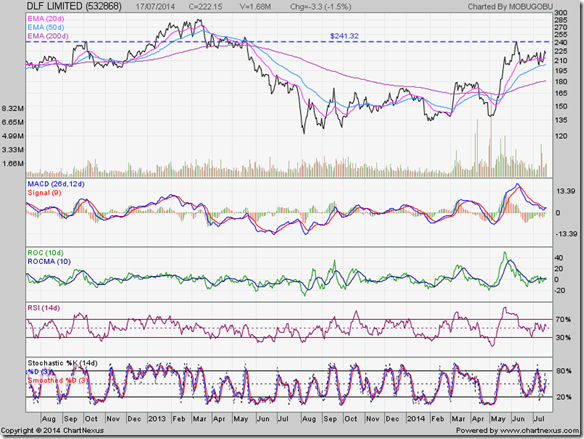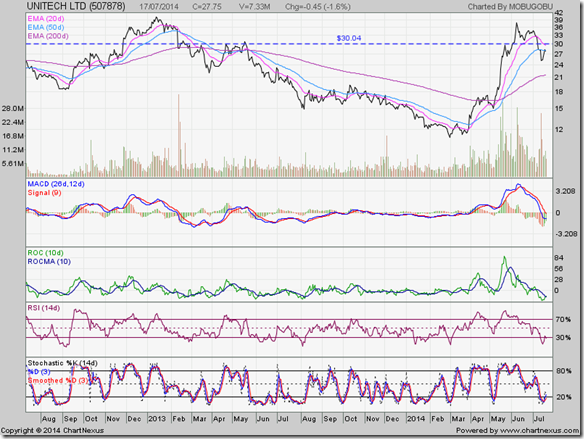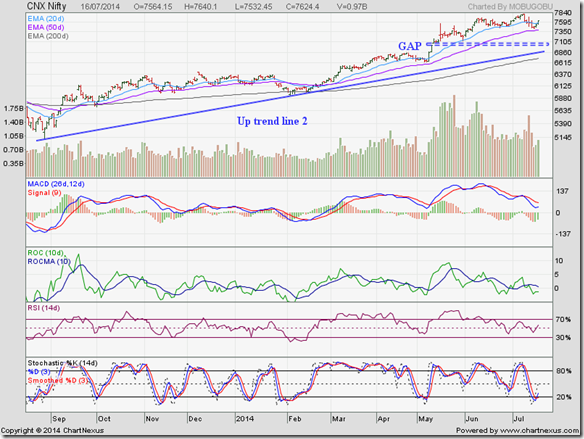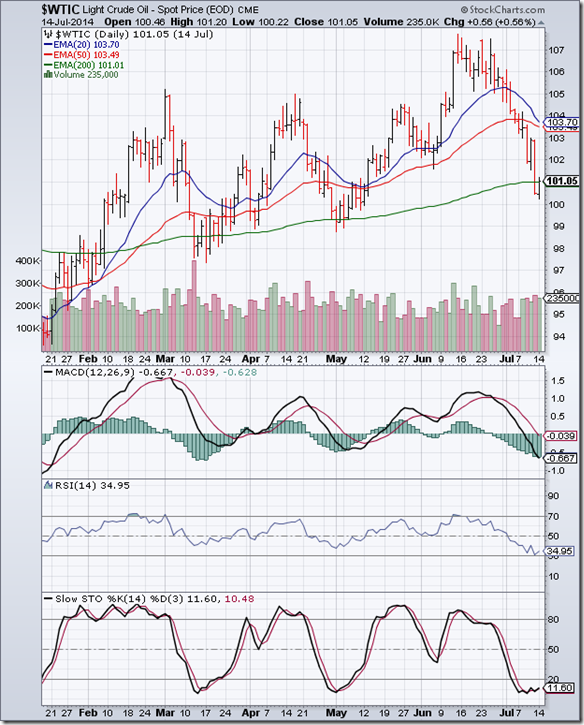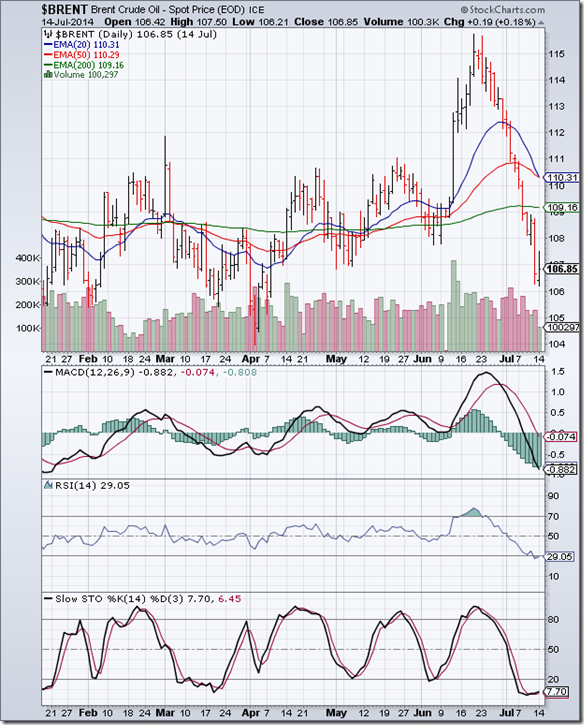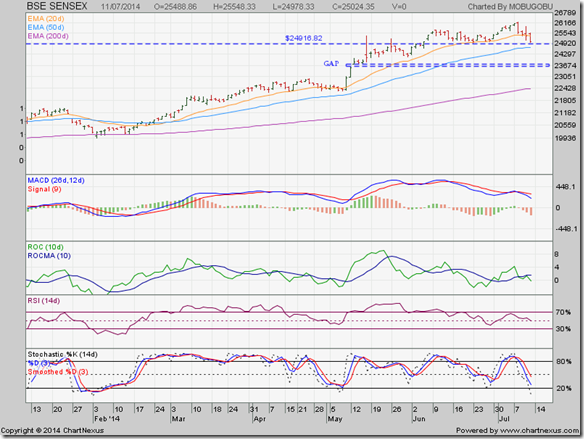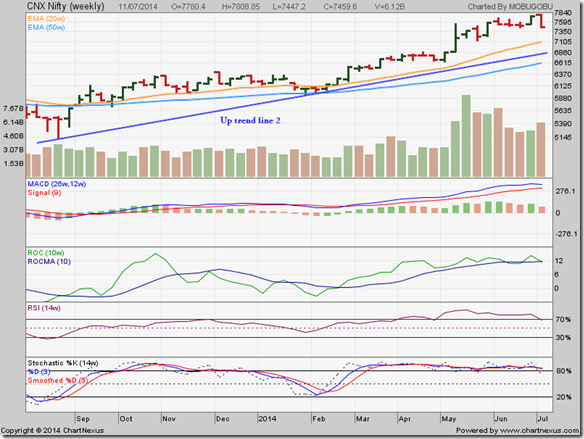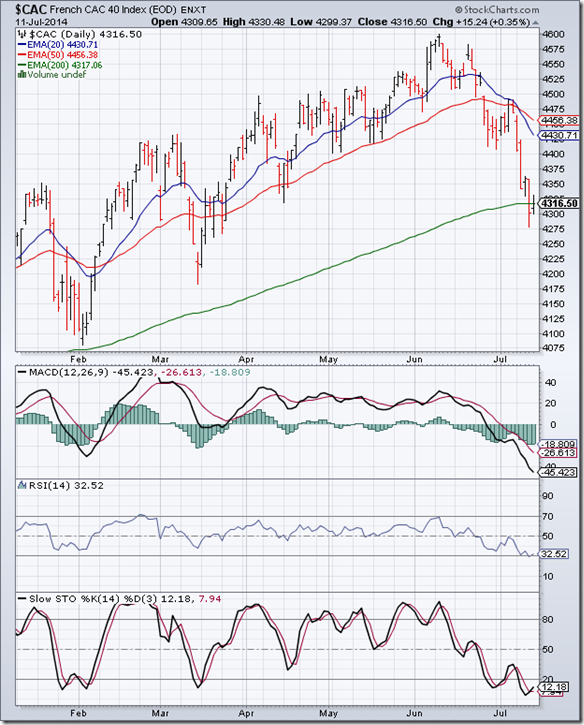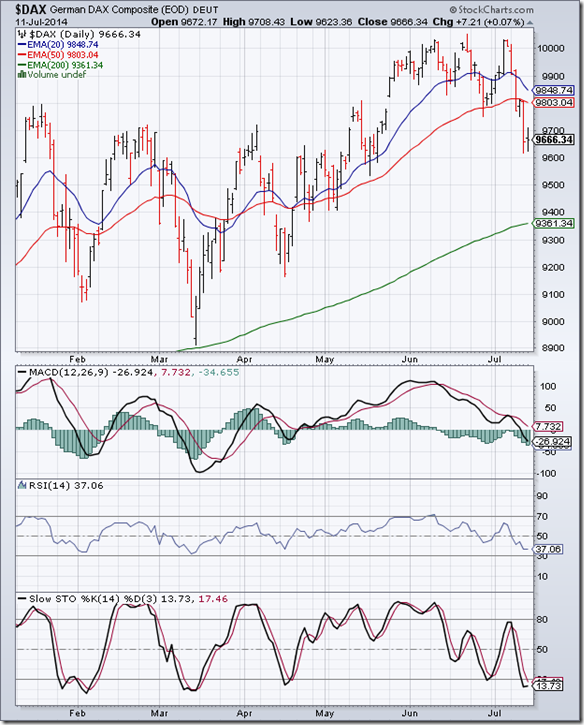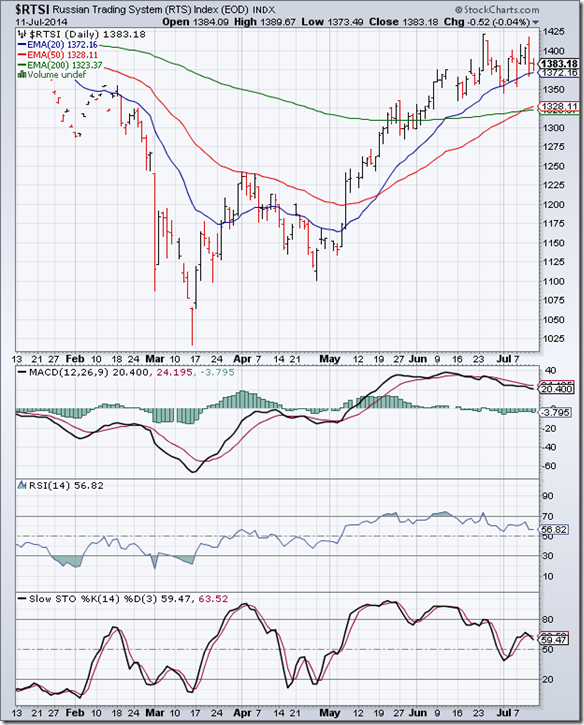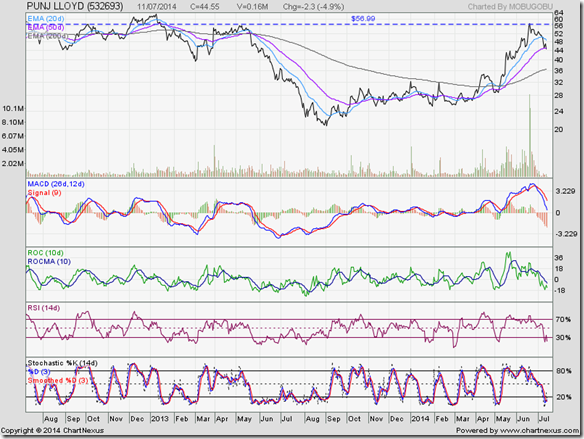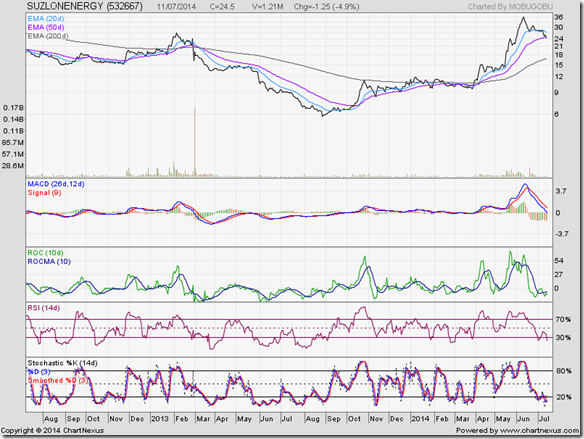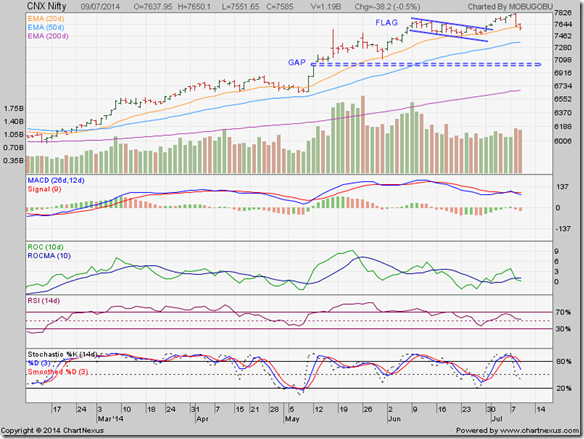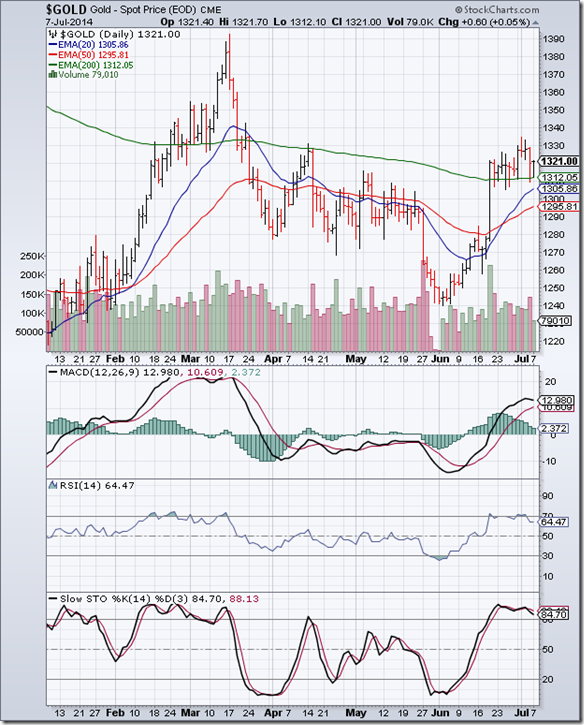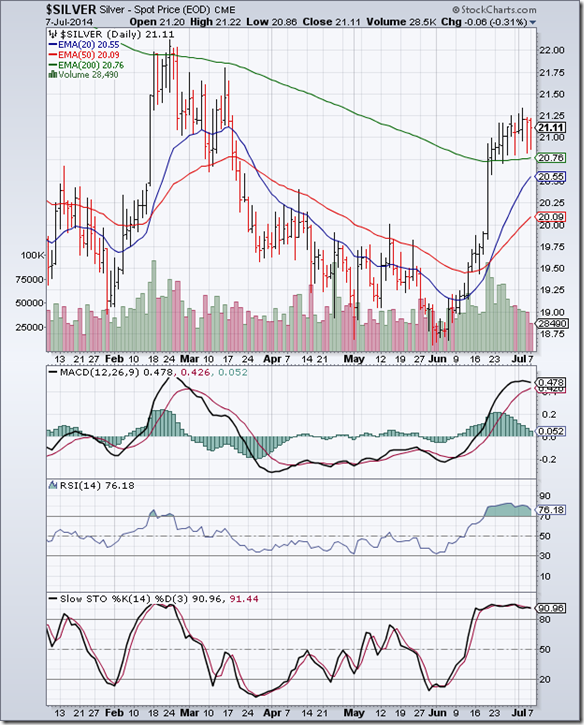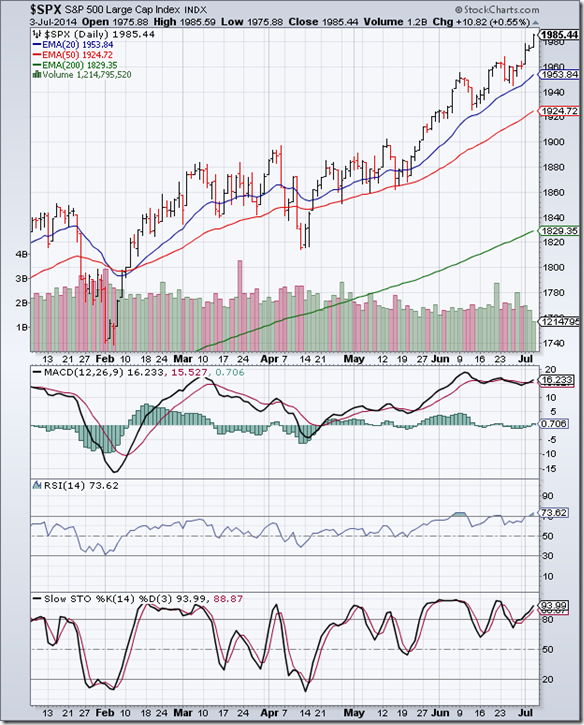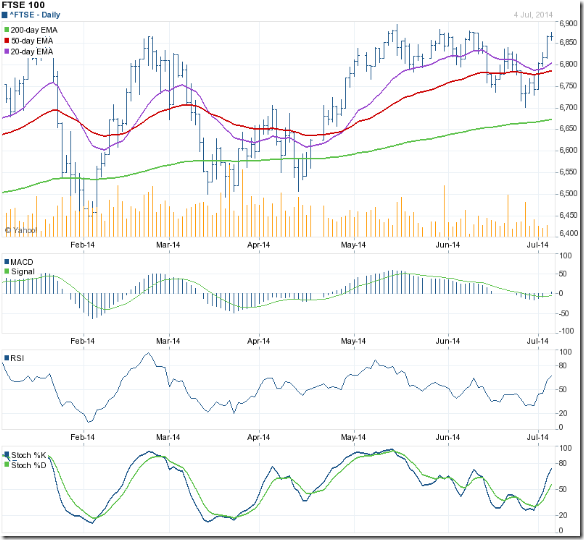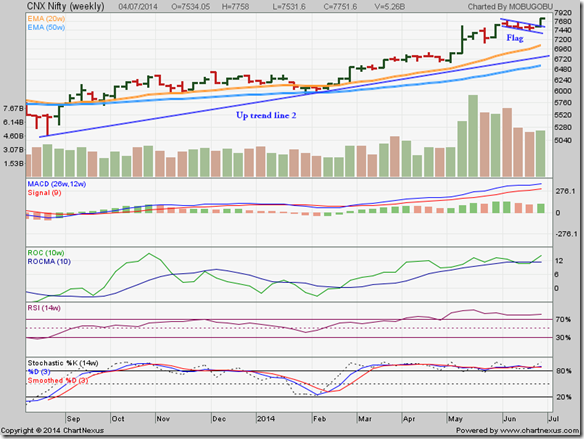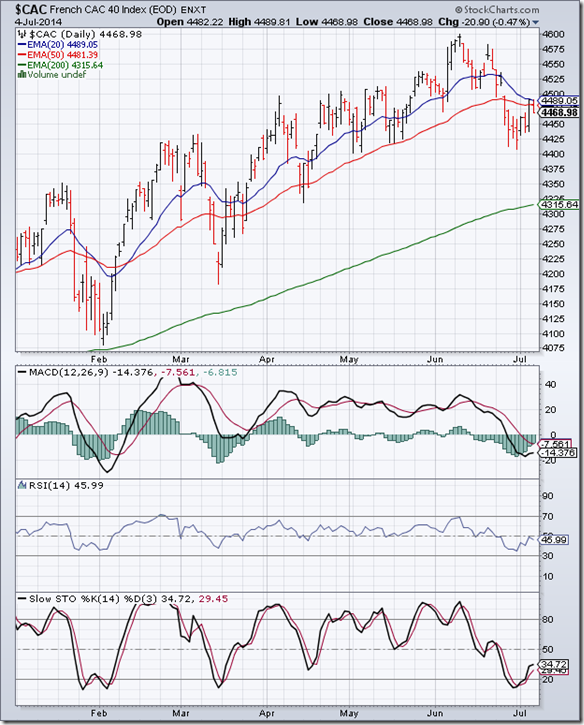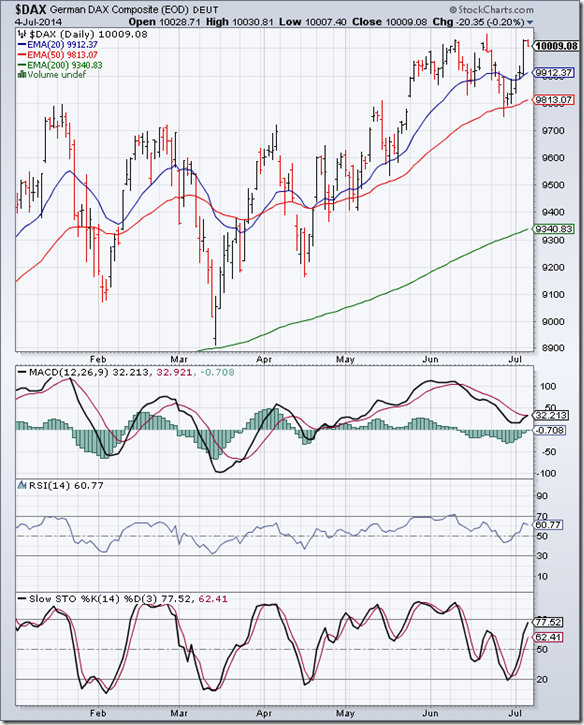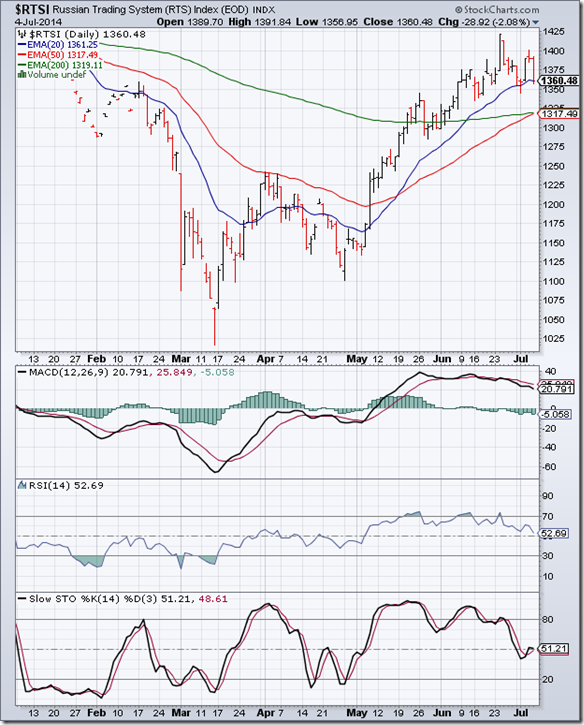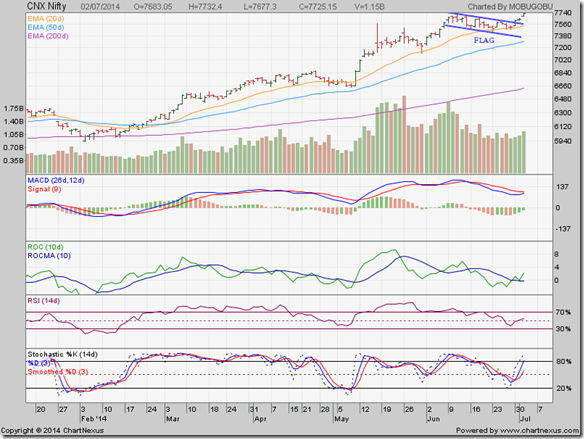There is a theory about running any business: If the barrier to entry is low, making money is a lot tougher. If the barrier to entry is high, making money is much easier. Can the same theory be applied to stock market investing?
The short answer is: Yes. Most small investors enter the market by opening a demat account and a trading account. There are some documentations to be done, and voila! You are ready to buy and sell within a few days. Any one can do it, right? Entry barrier is low. No wonder very few make money.
The entry barrier is actually quite high. You need to learn how the stock market works, how to read an Annual Report, the various economic factors that enhance or affect any business, what is happening globally, human psychology about decision making. Read, read and then read some more (those are not the 3 R’s – though they could be).
Build a knowledge base over time, and you will see that making money in the market is not so difficult. In this month’s guest post, Nishit mentions some key points of long term investing.
------------------------------------------------------------------------------------------------------------------------------------------
Let me elaborate on the principles of Long Term Investing. I have been in the market for 16 years now and am convinced that there is only one type of individual who becomes rich in the market eventually. It is the Long Term Investor. It is not the number of times you trade but the time you spend in the market which counts.
Some key points to be considered are:
1. Treat stocks which you buy as businesses you own
Every time you buy a stock, you buy a small fraction of a business. Try and understand what the business is all about. People spend more time thinking about buying groceries than stocks. You are investing in a business; spend time to try and understand the business model, and give the business time to grow.
2. Look around you and see what’s hot
Stock prices are a reflection of what is the flavour of the month. Look around you and see what products your friends and colleagues are buying. If the products are good and people are buying, then the stocks of those companies should do very well.
In 2002, I saw a lot of people buying Airtel phone connections in Mumbai. I picked up the stock at around Rs 50.
3. Businesses have an entire lifecycle
The mistake I did with Bharti Airtel was selling it off when it reached Rs 110 - happy with my profit. The stock touched Rs 400+ after that. I was happy with my profit but I did not understand that the business cycle was much longer. Book part profits so that your cost of capital becomes so less that you can forget about the stock and live on the dividends. My strategy is to reduce the value of a stock to a dividend yield of 5%, treat it like a bank FD interest income and forget about it.
4. Look at your own circle of competence
Many amongst us are in some profession or the other. My family doctor recommended the stock of Glenmark to my mother 10 years back saying ‘keep it for your grandchildren’. The stock has already multiplied 20-30 times. I am in IT industry and for me it becomes easier to buy IT stocks.
5. Know when to exit
As per the philosophy of life everything which begins has to end some day. This is as certain as night follows day and day follows night. In 1986, many companies that listed as blue chips on the Bombay Stock exchange do not even exist anymore. One should know when to exit. Hindustan Motors and Premier Auto were Sensex constituents once upon a time. Do those companies even exist now?
Investing is all about buying the right stock at the right time, and holding it for the right amount of time. Those are the 3 R’s of long term investing.
------------------------------------------------------------------------------------------------------------------------------------------
(Nishit Vadhavkar is a Quality Manager working at an IT MNC. Deciphering economics, equity markets and piercing the jargon to make it understandable to all is his passion. "We work hard for our money, our money should work even harder for us" is his motto.
Nishit blogs at Money Manthan. You can reach him at nish.stockid@gmail.com)
